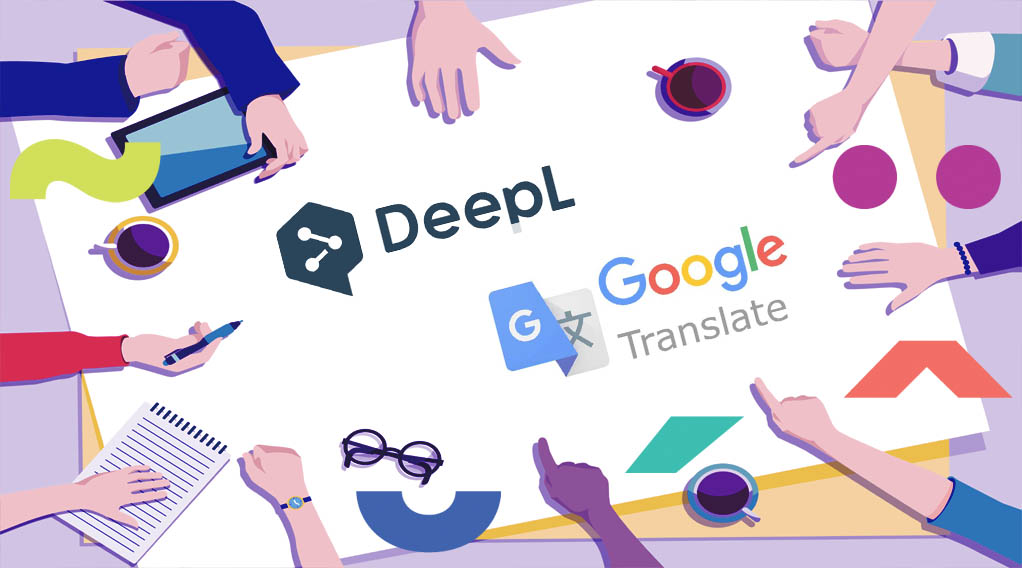Translating photo captions in terms of SEO – why is it important?

Nowadays, it is not easy to find a website with only text and without any graphics of images. Thanks to graphical elements, the content is more attractive and users are more eager to browse it; usually, graphical elements also contain additional information (e.g. diagrams or infographics), that are a supplement to an entry. This is why you should make sure that they can be received properly by any user.
Multilingual websites – for people and robots
Why would you translate your website into different languages? Because you want your offer to reach customers in different countries. This is the superior goal but if you want your website to be readable for search engine robots and to be positioned better in foreign search results, you should ensure proper international SEO.
Search engine optimisation (SEO) means optimisation of the website content in terms of the search engine. This does not only cover publishing content on the website but also including appropriate keywords as well as meta tags, meaning titles of subsequent pages, their description as well as legible URL addresses created in proper way.
Translation of content into a foreign language will understandable for international customers, while translating meta tags will affect positioning of the website in foreign search results. Both those elements are important and only treating them equally in the process of translation will contribute to increasing traffic on your website.
Graphics and images — how to make them more legible?
If you are translating website content, graphical elements cannot be omitted. You should create new infographics in the target language, while each photo should feature a translated caption. This will make them become an integral part of the website.
From the point of view of SEO, you should also remember about one more issue. This is the alt attribute, meaning the image caption. Many websites based on popular Content Management Systems, such as WordPress or Joomla! make it possible to add captions at the level of graphic editing, without having to change the website code. The caption may include keywords but the most important aspect is for it to refer to the graphic content in a brief way (using several words), e.g. “a photo of my cat”, “group work schedule”, etc. Keep in mind that linguistic correctness must be ensured here as well.
If international SEO requires translation of meta tags, etc., it should also apply to alt attributes. Search engine robots are unable to read graphical content and thanks to captions, they are able to recognise and position this type of content.
What do we get from translation of captions?
We have already mentioned better website positioning. Let’s imagine a different situation – as a result of problems with the internet connection or slower server response time, graphics do not load on a page. If you have filled out alt attributes properly in given language, the user will see them and this will enable more readable receipt of the content. If you forgot this component, the recipient will only see identical icons in all places, or what’s even worse, random characters, if you have entered them not thinking about the consequences.
Proper image captions are specifically important in the case of websites that contain mostly images, such as online shops. In this case, everything becomes completely impossible to be understood if descriptions are missing. If they are available, the user can be sure that they are at the right place and they are only facing temporary technical difficulties. When it comes to single graphics in blog posts, this practice will not be so bad but it may be irritating.
One thing is certain: conscientious adding of image descriptions is time-consuming. If you are unable to ensure such descriptions on the entire website, go for a compromise and choose the most important sections in terms of users. However, if you wish to provide better visibility of your website in search engines, consequent and coherent actions are a must!
Other articles:
5 More Tips on Making Your Website Multilingual
How to Improve Your Website’s Visibility
3 of the Best E-commerce Platforms Today
SEO Translation? We will do it!
Recognising text in an image – OCR software for Translators
When working on translations, you often face the problem with text recognition in graphical file. Some documents for translation are provided as scans, in non-editable graphical formats, usually as a .jpg, .png or .pdf file. Rewriting text manually is time-consuming. However, there are solutions that will make your work easier. Optical character recognition (OCR) software […]
How to translate an e-store into several language versions and what should you keep in mind when doing so? – everything you need to know about a multistore
More and more entrepreneurs decide to start online sales. The e-commerce market has been developing at a very fast pace. It is also worth mentioning that multistore-based solutions are gaining popularity. Multistore involves combining several stores in one intuitive panel.
Translation memory – why should all companies have one?
Do you outsource a lot of content to be translated? Perhaps your employees prepare translations and your documents include plenty of terminology characteristic for your industry? If the above sounds familiar, here’s another question: Does your company have its own translation memories? If you answered no, this article is for you. Let us explain and […]
Translation of an online shop
You sell products through an online shop, order products on manufacturers’ website or advertise your offer in social media – examples of similar activities can be multiplied. What they have in common is e-commerce – a number of actions leading to completing a transaction with a customer via the internet. Due to this medium, you […]



